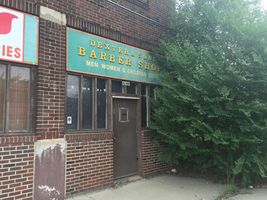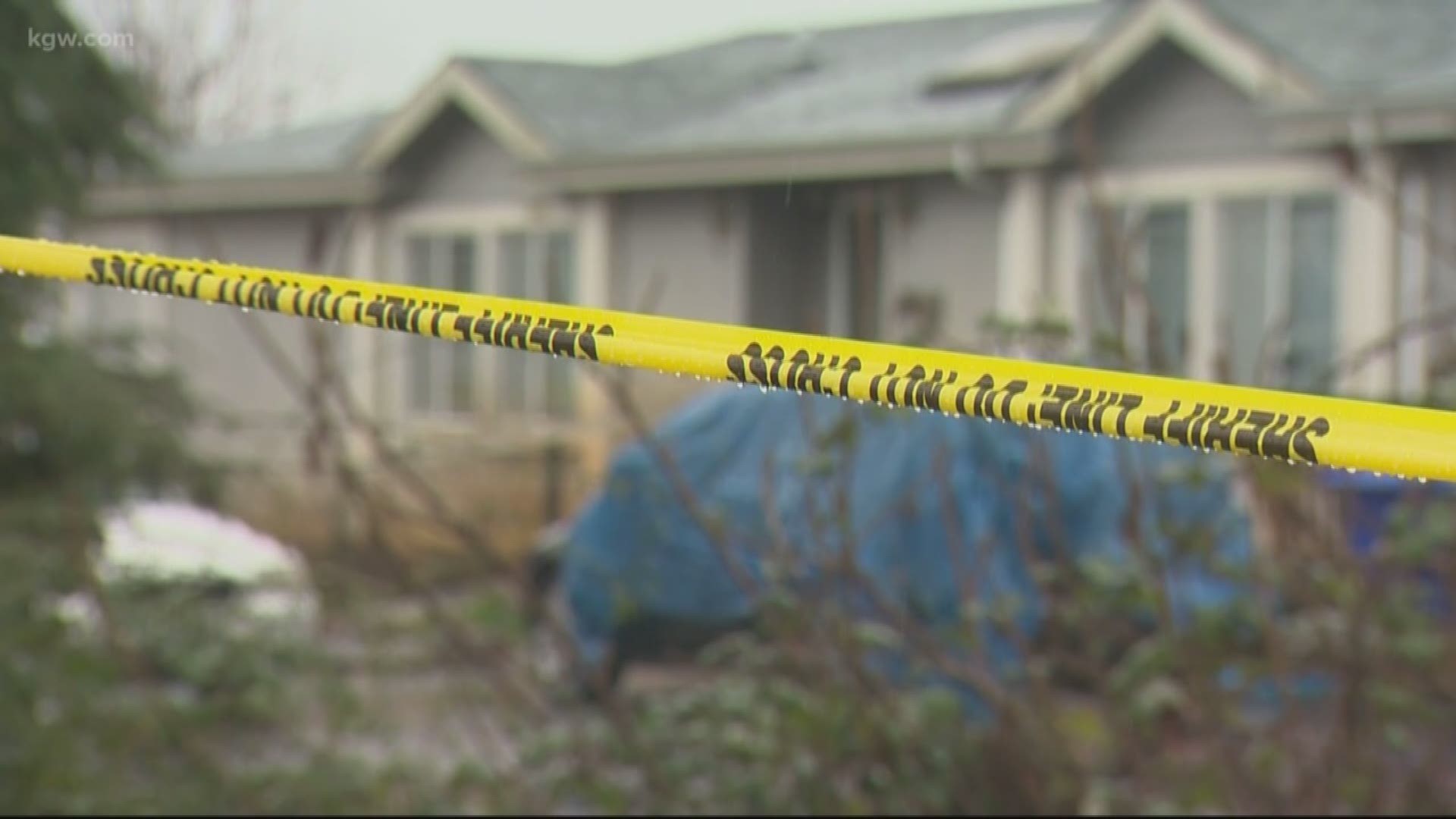A more fervent wave of gentrification than in years past is changing urban areas across the United States, spurring some community advocates to organize to protect black history in their corners of the world.
![Bronzeville [image : 78686256]](http://www.gannett-cdn.com/media/2016/01/12/USATODAY/USATODAY/635882001625015096-AP-BLACK-METROPOLIS.jpg)
In Brooklyn, N.Y., in the gentrifying Bedford-Stuyvesant, once known as “Do or die Bed-Stuy,” three remaining houses from a black community from the 1800s known as Weeksville are protected by landmark status. They now operate as a museum. In Washington, a nonprofit led the reconstruction efforts at the Howard Theater, reopened in 2012 after 32 years of silence. In Chicago’s Bronzeville, residents are repurposing historic buildings and pushing to play a role in the future of their neighborhood, particularly after an announcement last year that President Obama’s library, museum and foundation complex might locate nearby.
There has been “a reawakened interest in academic and research circles in the last five or six years as the latest wave of it has crashed into a lot of neighborhoods,” said Stockton Williams, executive director of the Terwilliger Center for Housing at the Washington-based Urban Land Institute. “A lot of the more recent work on gentrification really seems to suggest that it’s maybe less of an unadulterated negative, even in cases where a minority neighborhood becomes majority white, even in cases of displacement. There is work to suggest that people who stay do better.”
The word gentrification has an adversarial tone to it that neighborhood advocates do not feel reflects changes taking place today, says L. Anton Seals Jr., a member of the Bronzeville Regional Collective, a coalition of several organizations working to preserve the neighborhood.
![Black History Month: Obama says work isn't over [oembed : 79685292] [oembed : 79685292] [oembed : 79685292] [oembed : 79685292]](/Portals/_default/Skins/PrestoLegacy/CommonCss/images/smartembed.png)
“Gentrification is such a loaded word, like when you say a community is a ghetto – it’s a connotation for racial lines,” Seals said.
What is at stake is the culture of Bronzeville, particularly as investments and tax dollars have poured into projects in the area in the last 30 years, which brings up questions of affordability, he said. At the same time, Bronzeville is struggling for support from city government, said Paula Robinson, president of the Black Metropolis National Heritage Area Commission.
National numbers show a more aggressive form of gentrification hitting cities since 2000. An analysis of Census data by Governing magazine showed that almost 20 percent of neighborhoods with lower income residents and lower home values have seen gentrification since 2000 compared to 9 percent during the 1990s. Williams of the Urban Land Institute says Southern cities like Charleston, S.C., and Savannah, Ga., are being hit hard. But northern communities are seeing it too, and it is creating friction. Some longtime residents of Oakland, the birthplace of the Black Panther Party, have been priced out of the San Francisco-area city. In Harlem, mainstays like the Lenox Lounge and Hue-Man Bookstore are no more.
![Historic black neighborhoods climb from recession [oembed : 78686384] [oembed : 78686384] [oembed : 78686384] [oembed : 78686384] [oembed : 78686384] [oembed : 78686384] [oembed : 78686384] [oembed : 78686384] [oembed : 78686384] [oembed : 78686384] [oembed : 78686384] [oembed : 78686384] [oembed : 78686384] [oembed : 78686384] [oembed : 78686384] [oembed : 78686384] [oembed : 78686384] [oembed : 78686384]](/Portals/_default/Skins/PrestoLegacy/CommonCss/images/smartembed.png)
In Chicago’s Bronzeville, residents are being proactive.
The community on Chicago’s South Side is the umbrella for a cluster of neighborhoods where black people flocked during the Great Migration north around the 1920s. The black middle-class community known for its blocks of Victorian-era homes included writer Lorraine Hansberry, former U.S. poet laureate Gwendolyn Brooks, trumpeter Louis Armstrong and civil rights cause celebre Emmett Till, the black boy murdered in Mississippi in 1955 after allegedly flirting with a white woman. The neighborhood includes nine buildings given Chicago landmark status in 1998, including the headquarters of the now-defunct Chicago Bee and the former headquarters of the Chicago Defender, two black-oriented newspapers. Washington Park, Woodlawn Park, Grand Crossing and Douglas are also part of Bronzeville.
The changes "brought all of this energy. Chicago became the New York City of black America," Seals said. "We had all these great cultural deposits. That’s kind of what is at stake now."
The Black Metropolis commission, which is leading community efforts to gain national heritage area status for Bronzeville, supports residents in various projects that convert existing residential and commercial buildings into art galleries, eateries and housing. In one project, a building developed by Booker T. Washington and Julius Rosenwald, the turn-of-the-century part-owner of Sears, Roebuck and Co., has been converted into housing.
The Bronzeville Regional Collective is pushing for a master plan for the South Side of Chicago that maintains home and business ownership and insures Bronzeville residents are part of the planning process for the Obama sites.
“There are communities like ours across the country, we call them legacy communities, and yes, they are under siege, and yes, Bronzeville is under siege,” Naomi Davis, a member of the collective and founder of Blacks in Green, an economic development organization.
Davis and other community advocates want to prevent displacement and insure that prospective residents can’t come in and displace others simply because they can afford it, Davis said.
![Race, class emerge as issues in Obama library battle [oembed : 78686544] [oembed : 78686544] [oembed : 78686544] [oembed : 78686544] [oembed : 78686544] [oembed : 78686544] [oembed : 78686544] [oembed : 78686544] [oembed : 78686544] [oembed : 78686544] [oembed : 78686544] [oembed : 78686544] [oembed : 78686544] [oembed : 78686544] [oembed : 78686544] [oembed : 78686544] [oembed : 78686544] [oembed : 78686544]](/Portals/_default/Skins/PrestoLegacy/CommonCss/images/smartembed.png)
"There needs to be a line drawn in the sand and we need to make sure we draw that line as an example to other communities," Davis said.
In East Cleveland, a primarily black city that Ohio auditor of state David Yost has said is on the verge of financial collapse, the threat of gentrification is at the center of a debate over whether the impoverished community should merge with neighboring Cleveland. Mayor Gary Norton has submitted petitions toward the move, while opponents say they fear the mayor is giving the city away.
Veer off East Cleveland’s main thoroughfare of Euclid Avenue and the atmosphere feels surreal. Grass-overgrown lots appear between clusters of houses, many that appear empty. Occasionally, there is a resident watering grass or quietly sipping a soft drink on a porch, as if defying the community’s reputation for danger.
East Cleveland became primarily black very quickly in the 1960s when black residents of Cleveland’s East Side began to spread out to the small municipality and whites fled. By 1984, the city was one of the largest primarily black communities in Ohio, with 37,000 residents.
The city was home for Icabod Flewellen, a self-made historian known as the “father of African-American museums.” Flewellyn collected African-American memorabilia and opened one of the country’s first black history and culture museums in his basement.
![Visit these 50 places during Black History Month [oembed : 79685310] [oembed : 79685310] [oembed : 79685310] [oembed : 79685310]](/Portals/_default/Skins/PrestoLegacy/CommonCss/images/smartembed.png)
East Cleveland also is the place where Team Marathon, a mostly black running team that staged group runs through the city’s hardscrabble streets, got its start. The late Robert Dexter, team cofounder, opened up his Euclid Avenue barbershop to the team, cutting the men’s hair before big races and displaying team trophies and photos on his walls.
![dexter and sons [image : 78687558]](http://www.gannett-cdn.com/media/2016/01/12/USATODAY/USATODAY/635882015834769270-dextershop.jpg)
But after Dexter died of cancer in 2011, the shop closed and the team deemed East Cleveland too dangerous for group runs. Team cofounder Warren Elzy was saddened to get the news in September that the vacant barber shop and row of empty storefronts and apartments on top had been torn town.
“It was kind of like, ‘Wow, all that time we were there,’ “ said Elzy, 62, of Bedford Heights, a Cleveland suburb. "In the same perspective, I don’t think they had a choice, even though I wasn’t that thrilled to see it gone, because it was abandoned, the whole building. It was kind of like, they had to do it."
The owner could not be identified in property records.
Williams of the Urban Land Institute believes society can learn from some of the tragedies as well as good practices created by community change.
"I’m in the camp that believes that gentrification in some neighborhoods has been detrimental to the heritage and history of those places, but I think what we now know is we can spot some of the indicators that make a community vulnerable to gentrification and we can intervene," he said. "We can mobilize the residents to get in front of development and demand and negotiate a path that reaches economic prosperity but also honors and retains some of the history."
Follow Melanie Eversley on Twitter: @MelanieEversley


